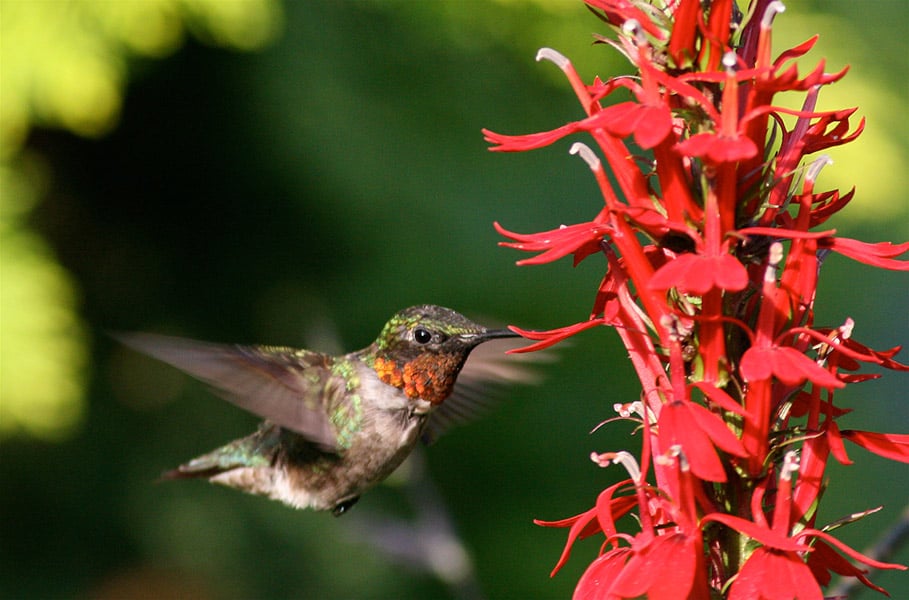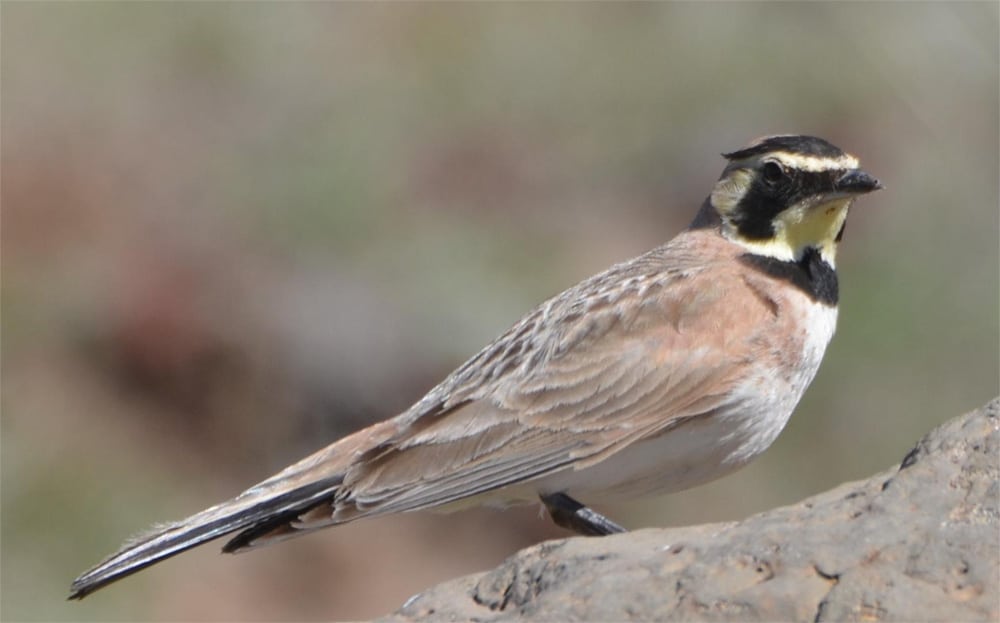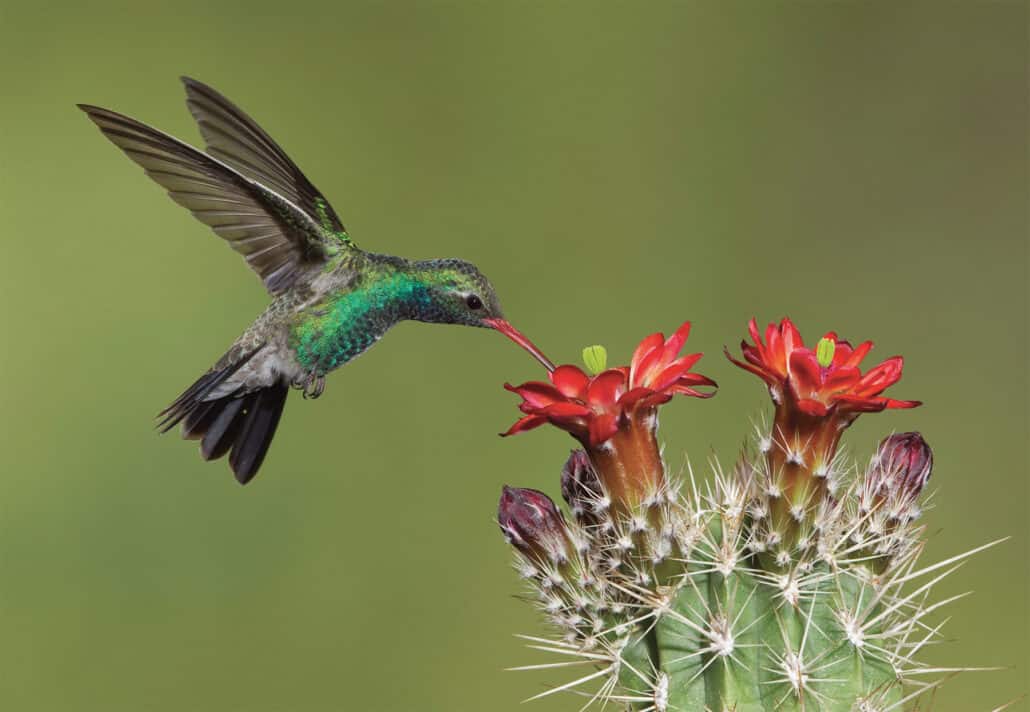Summer Birds of Georgia (June, July, August)
As far as changes in birdlife go, June is a pretty slow month, but that doesn’t mean things are boring. All the birds are still in their best spring plumage and busy raising their broods. The business of feeding themselves and their chicks takes a lot of energy, so birds are sometimes less wary during this time of year and easier to see. Many of the males are still singing, which makes it easier to find them. All of the great natural areas of Georgia are worth visiting at this time of year because you can see lots of interesting species and it usually isn’t too hot yet to enjoy being outdoors.
One interesting phenomenon to be aware of is that many species which breed far north of year have predictable numbers of individuals that spend all summer here. These birds are called “non-breeders” and many of them are in their first summer, and will catch up with the rest of the members of their species the next summer. The most obvious examples are shorebirds and gulls.
July is the height of summer’s heat, yet many species start their southward migrations during this month. As early as the first 10 days of the month, the first southbound migrant cerulean warblers and Louisiana waterthrushes will be detected. Swallows and martins also get an early start. Martins leave their breeding areas in early July, and start to head south but instead of continuing south out of Georgia, they gather in huge communal roosts at night, sometimes many thousands of birds in one roost, and fan out during the day to forage.
During the second half of July look for barn and bank swallows anywhere and large flocks of tree swallows tree swallows along the coast. And by the end of July there are hummingbirds everywhere! If you have feeders up you can watch their little turf battles all day long. Many other species will be found away from their breeding areas, but not really migrating. This phenomenon is called “post-breeding dispersal,” and refers to the young birds of the summer and adults that have finished breeding that simply wander around a bit, seemingly aimlessly, but aren’t really heading south yet.
Another group that is well-known for post-breeding dispersal is the long-legged waders, which show up in large numbers well north of their breeding areas in early fall. Little blue herons and great egrets appear across the lower piedmont, and in the coastal plain snowy egrets and white ibis will be present. Some years quite a few wood storks wander north.
Many shorebirds start their southbound migration in July, and the ones that you can see in Georgia then have already come very far from their breeding areas. Species to look for anywhere in the state in the second half of the month include both yellowlegs and solitary, spotted, and least sandpipers. On the coast, other species, like whimbrel, red knot, and sanderling, start arriving in July.
One other thing to watch (or listen) for in July is the amount of birdsong. Many landbirds continue singing, though at a much reduced rate, but some species virtually stop singing altogether and become very difficult to find at all. Examples of these species would include whip-poor-will, chuck-will’s-widow, yellow-billed cuckoo, and great crested flycatcher.
August is another month that most folks would consider summer, but as far as a great many species of birds are concerned August is really fall. About half of the warblers and vireos that migrate through Georgia begin to appear in decent numbers by the end of August, and for some species like the cerulean and worm-eating warblers and Louisiana waterthrush this month is their peak time of passage through Georgia! Along the coast you’re likely to see yellow and prairie warbler. August is peak for some of the swallows as well, for example purple martins and bank swallows, because if you don’t see them in August they will all be gone for the year. Orchard oriole is another very early migrant in fall to look for, and ruby-throated hummingbird numbers are at their peak all month.
There are also a few other highlights to watch for in August. The black tern, which will no longer be in black breeding plumage but already in paler winter or “non-breeding” plumage, is one species that passes through in August, both inland and more commonly along the coast. Mississippi and swallow-tailed kites find fertile fields of their insect prey during August and congregate in high numbers—sometimes up to 50 of each species!
These congregations are usually in the eastern coastal plain, but small groups may be found much farther north. It is an amazing and beautiful sight to see a couple dozen of these graceful birds wheeling around the sky chasing beetles or dragonflies. Another interesting insect-eater that congregates during August is the common nighthawk, which starts gathering and migrating in the last two weeks of the month. Any source of bright light, from buildings to billboards, can have a few of these nocturnal birds cruising around after dusk, usually uttering their distinctive peent call.




